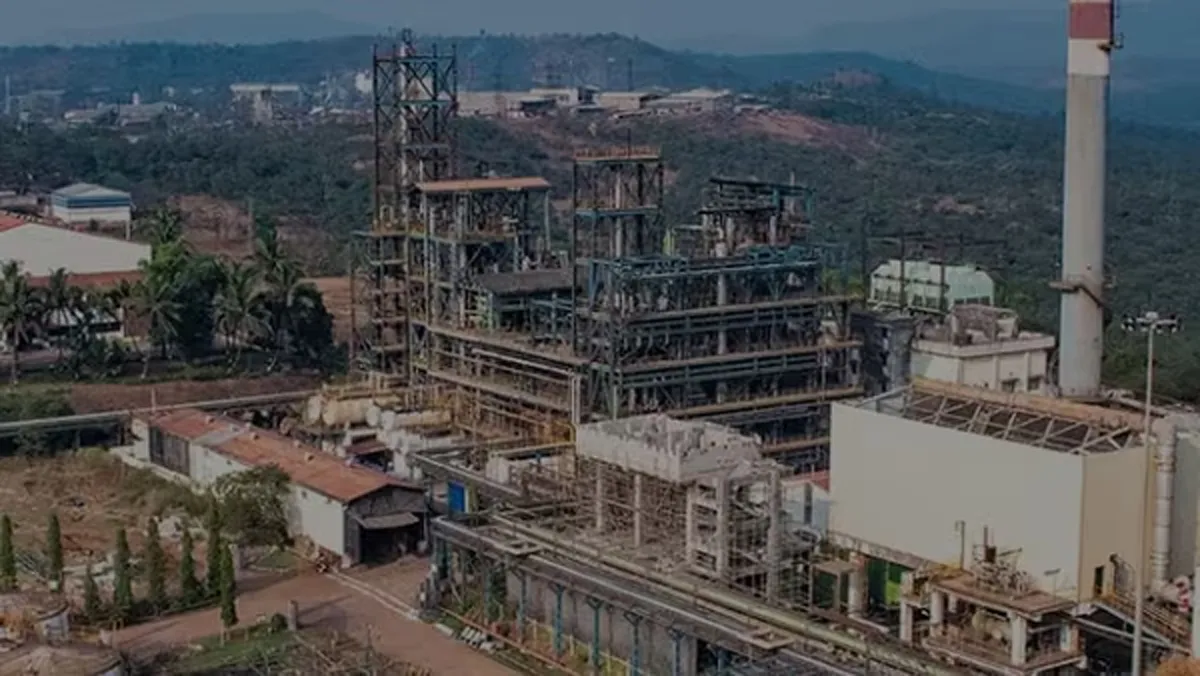Cabinet Clears New Royalty Rates for Key Tech Minerals

TCS To Drive Lion’s Digital Transformation
Lion, the Sydney-headquartered beverage company with operations across Australia and New Zealand, has selected Tata Consultancy Services (TCS) to manage and transform its information technology landscape. The partnership aims to boost Lion’s operational resilience and productivity through a scalable operating model, service-delivery automation, and the infusion of Artificial Intelligence for smarter business outcomes. Under this collaboration, TCS will lead Lion’s shift from legacy systems to a modern cloud-based infrastructure, strengthen its cybersecurity framework, and oversee applicat..

Inox Wind Secures 100 MW Gujarat Order
Inox Wind Limited (IWL), one of India’s leading wind energy solutions providers, has announced a 100 MW equipment-supply order from a major green energy transition platform. The contract covers the delivery of IWL’s advanced 3.3 MW wind turbines for projects being developed in Gujarat. In addition, the company will offer limited-scope EPC services along with multi-year operations and maintenance support after the turbines are commissioned. Sanjeev Agarwal, Chief Executive Officer of Inox Wind, said the company was pleased to secure a 100 MW order from a new client, noting that several mor..

Galaxy Surfactants Reports Steady Q2 Amid Market Volatility
Galaxy Surfactants Limited, a leading producer of performance surfactants and specialty care ingredients with more than 215 product grades for the home and personal care sector, has released its financial results for the quarter and half year ended 30 September 2025. Managing Director K. Natarajan said Q2FY26 volumes were largely flat on both a year-on-year and quarter-on-quarter basis, reflecting short-term turbulence across markets. Strong double-digit growth in the Specialty segment helped offset a higher single-digit decline in the Performance segment. In India, domestic performance face..
















